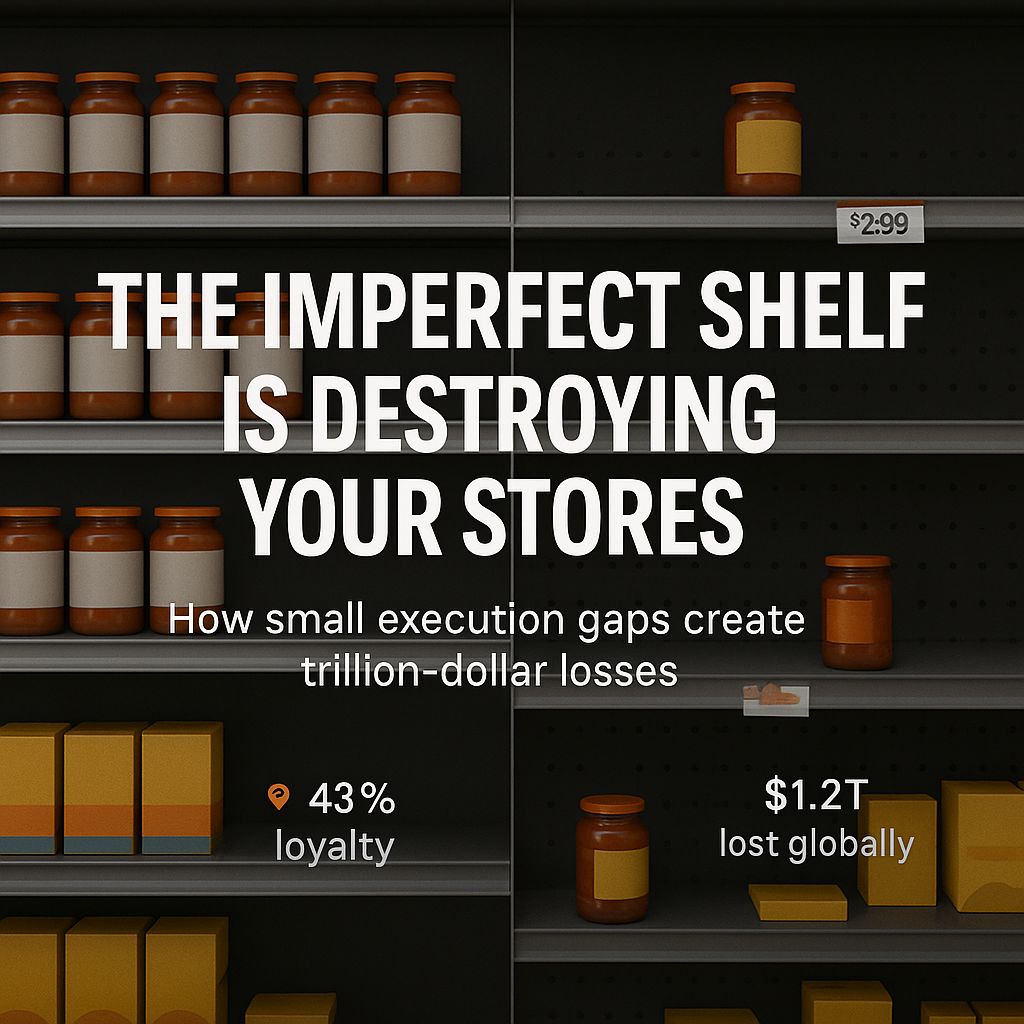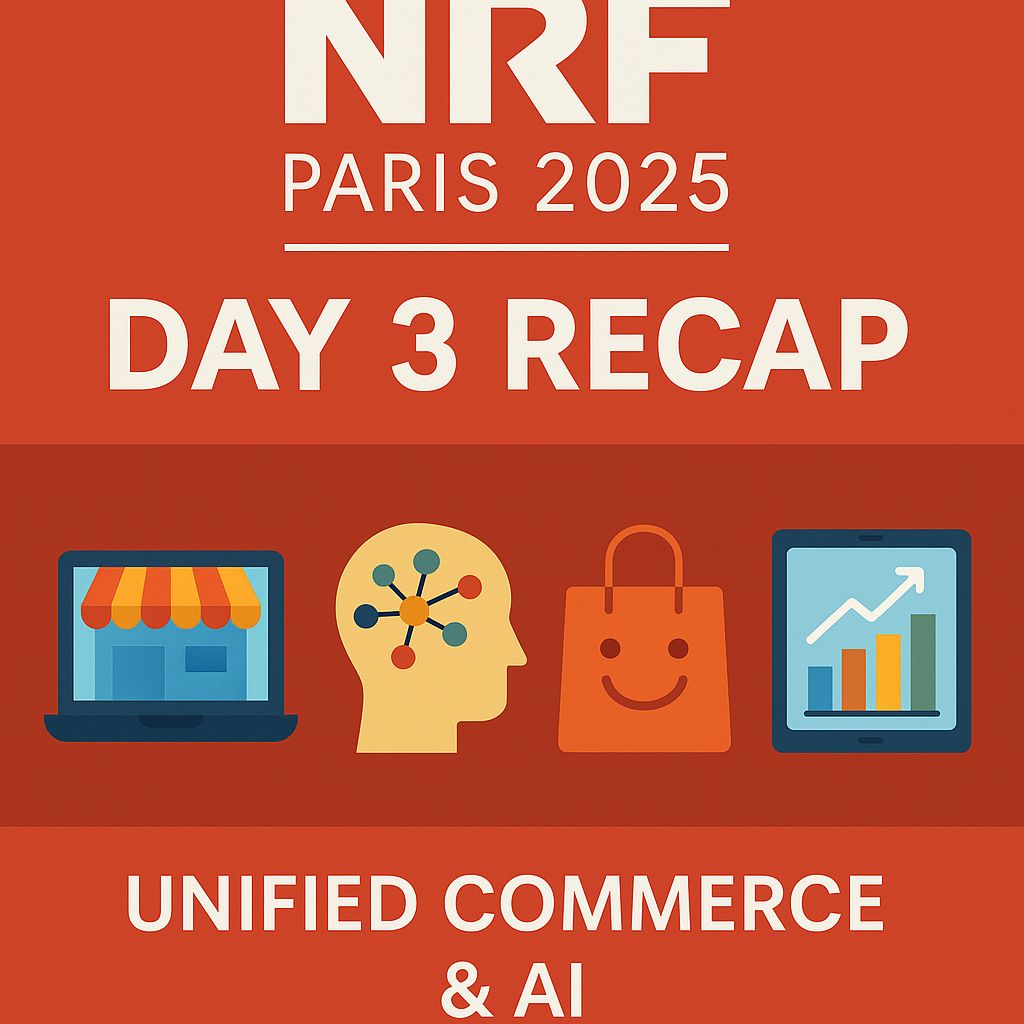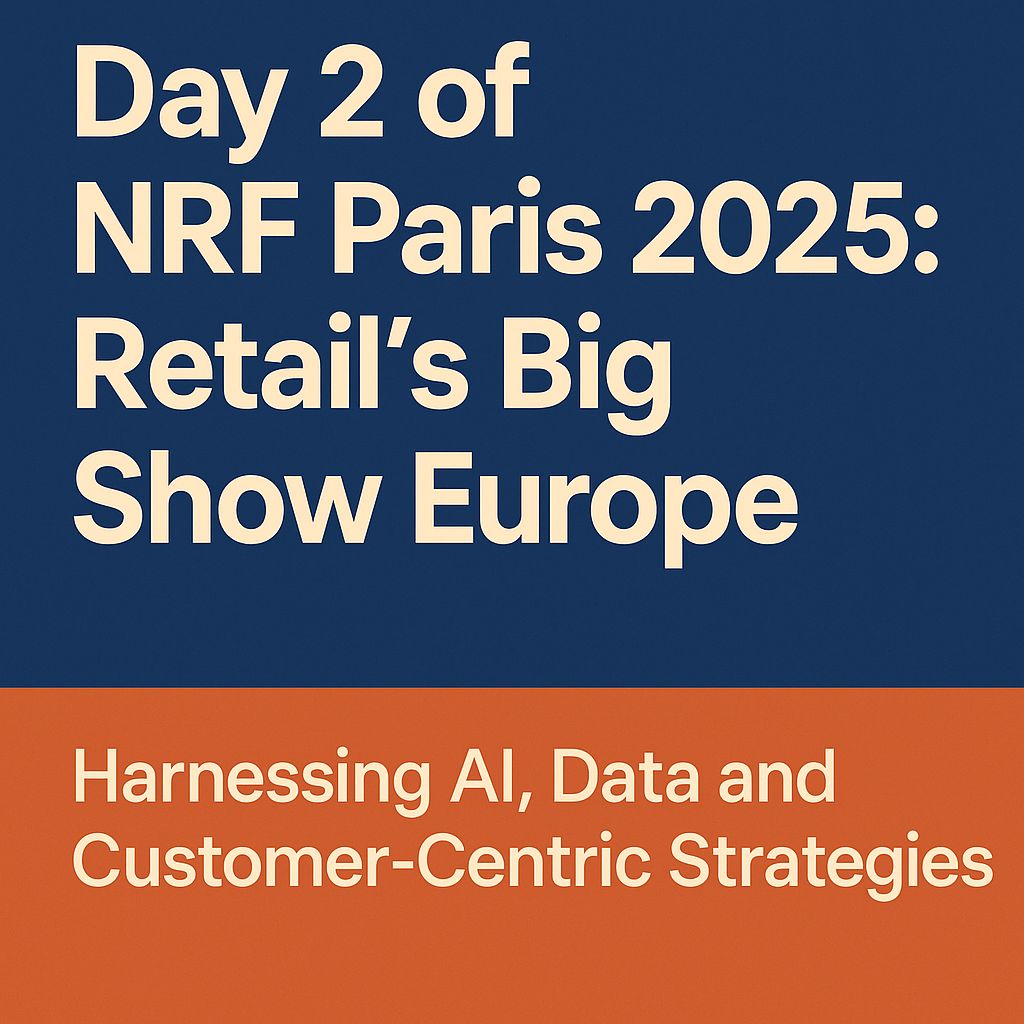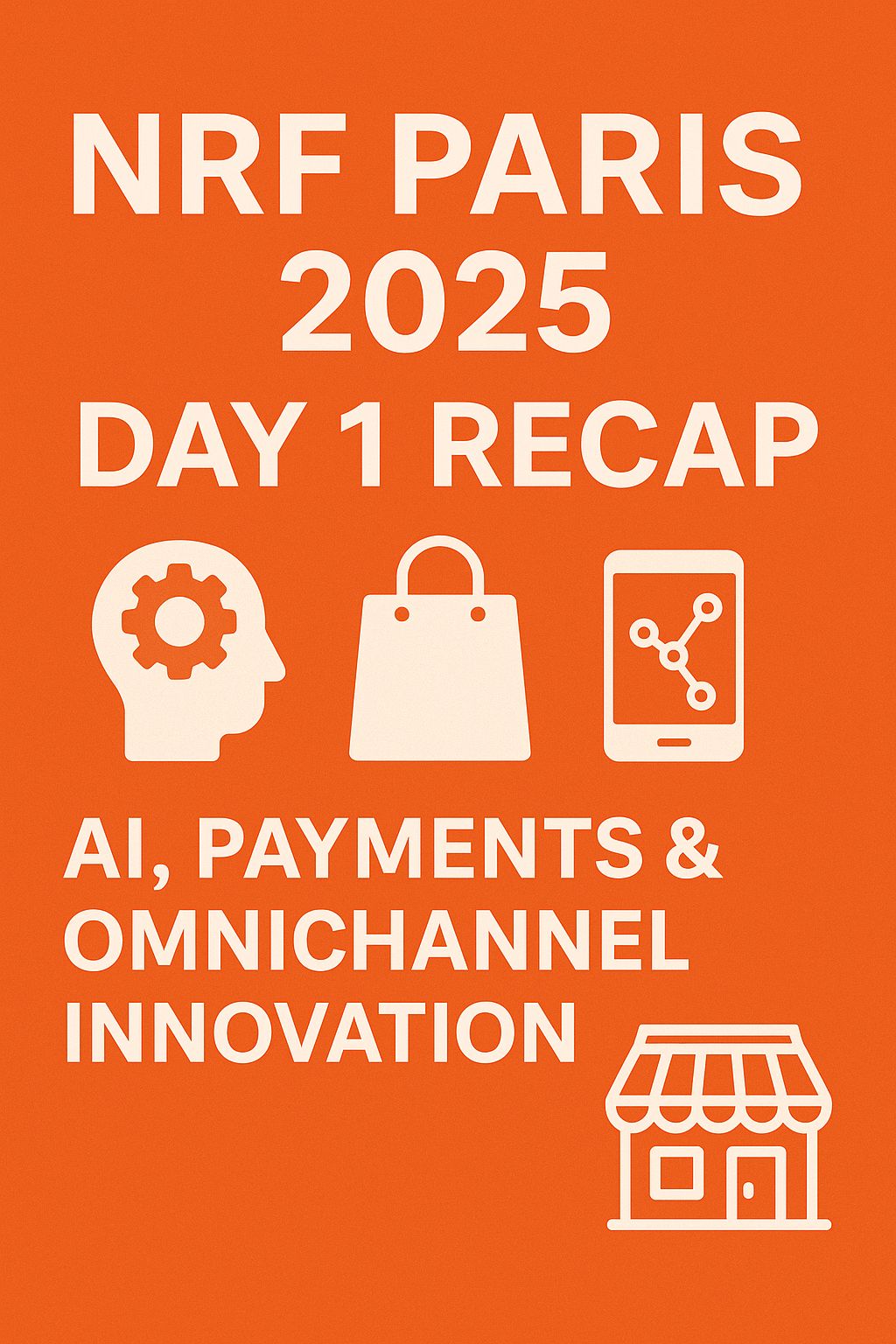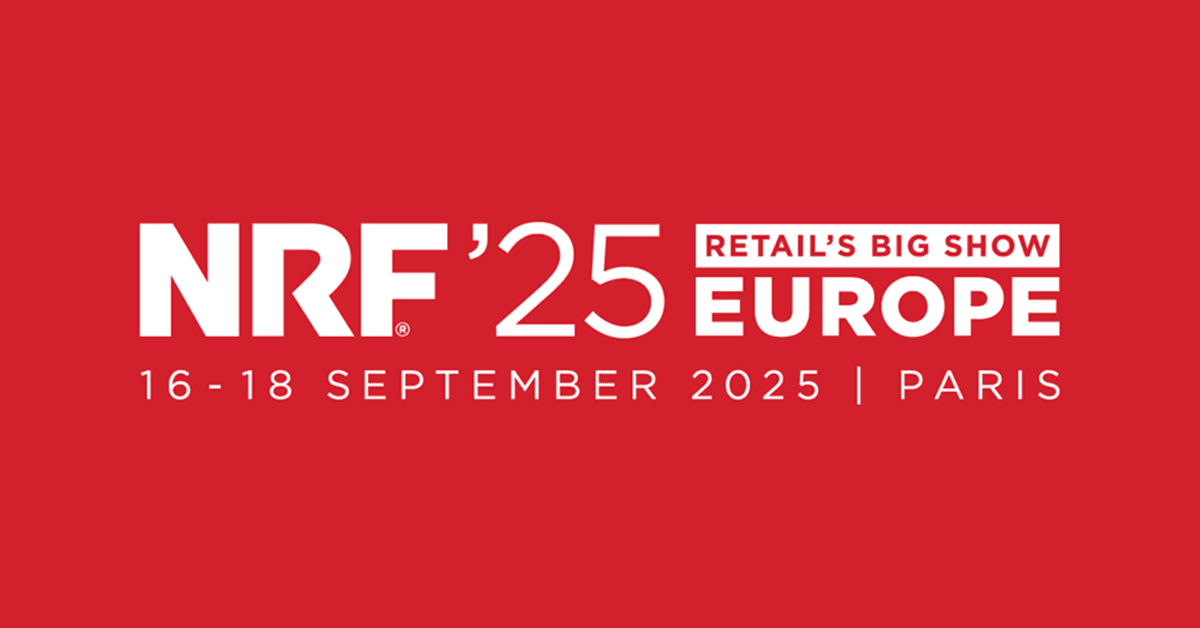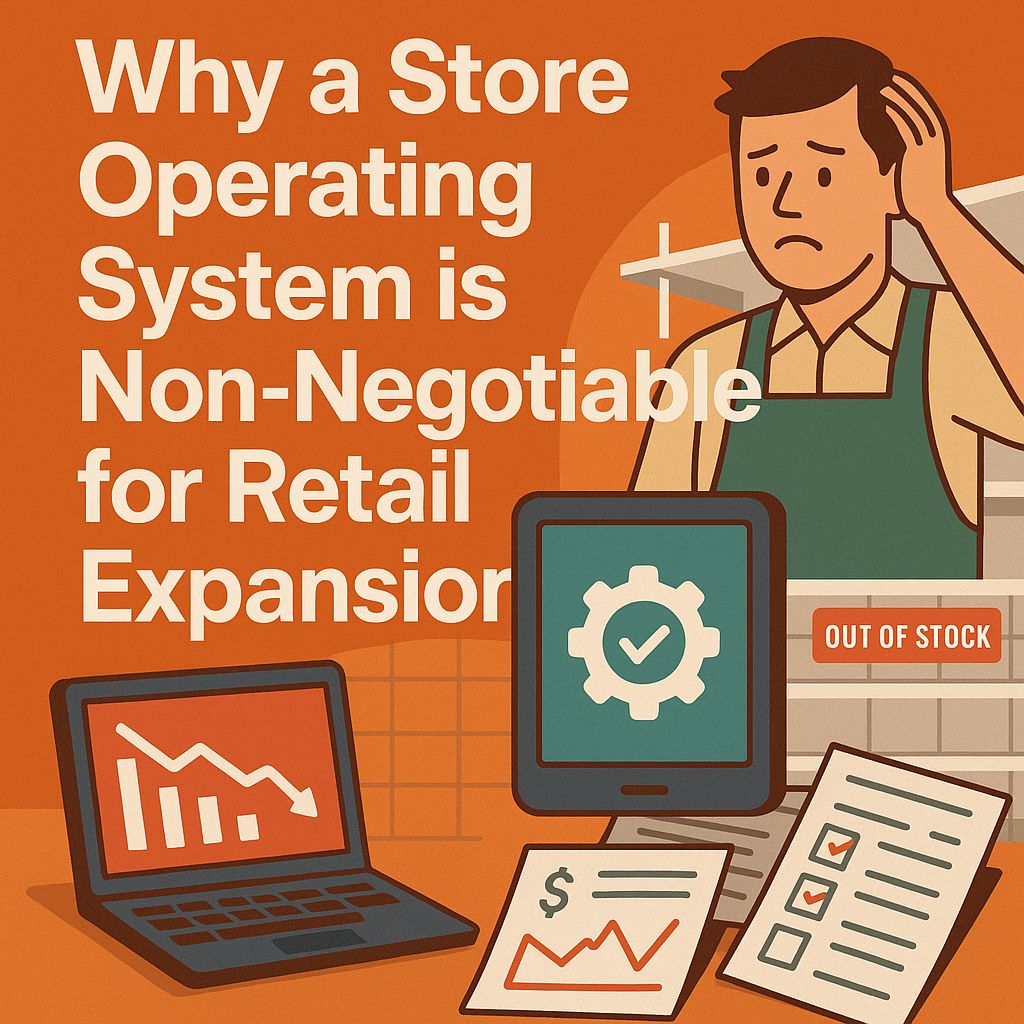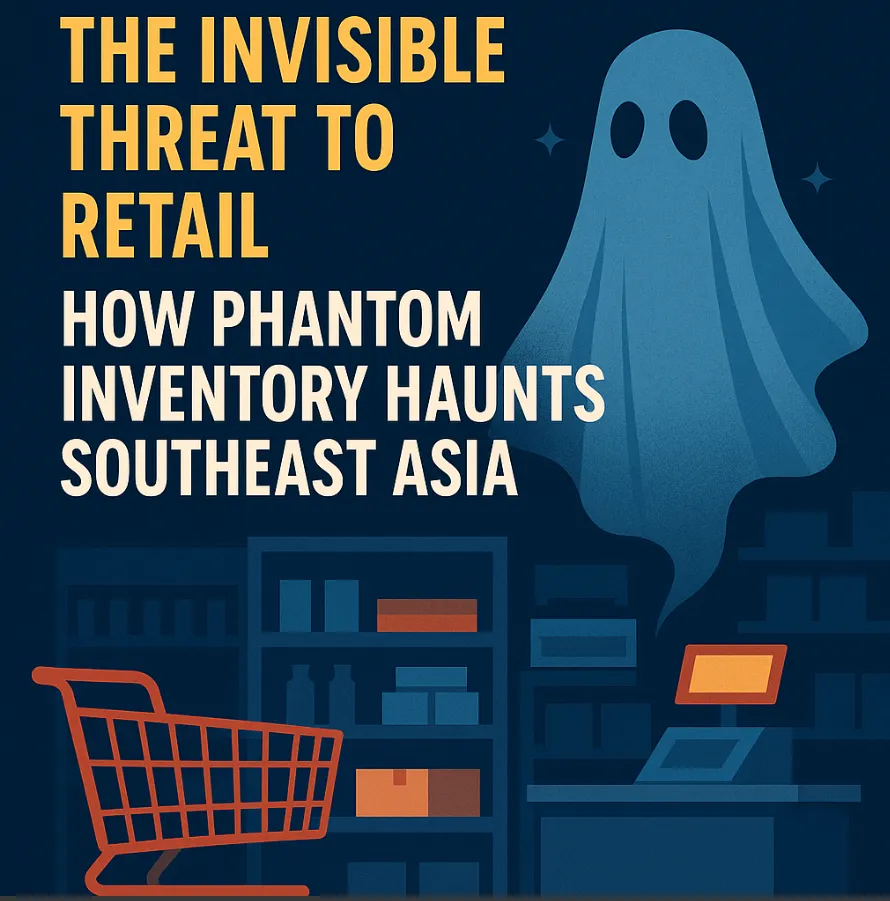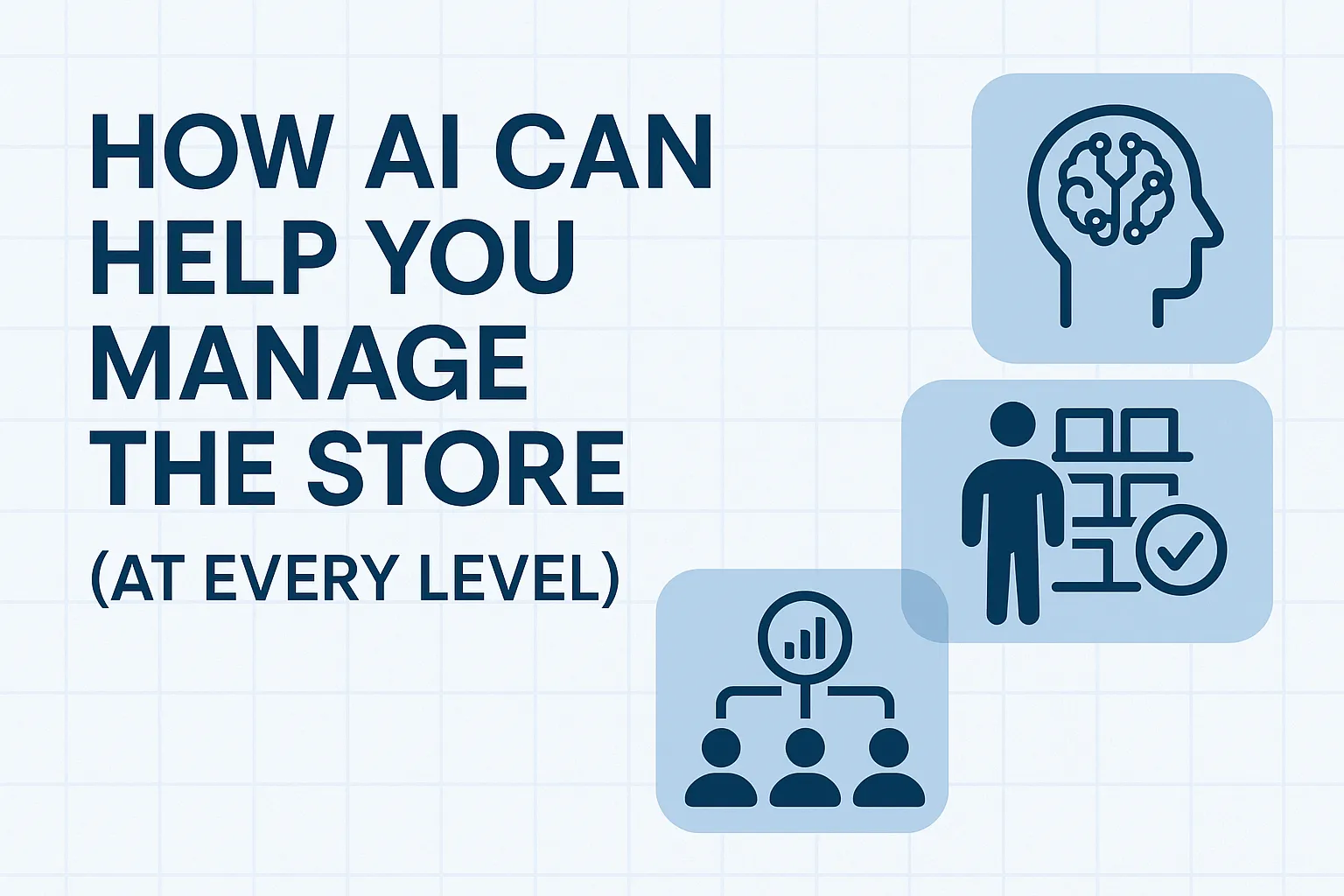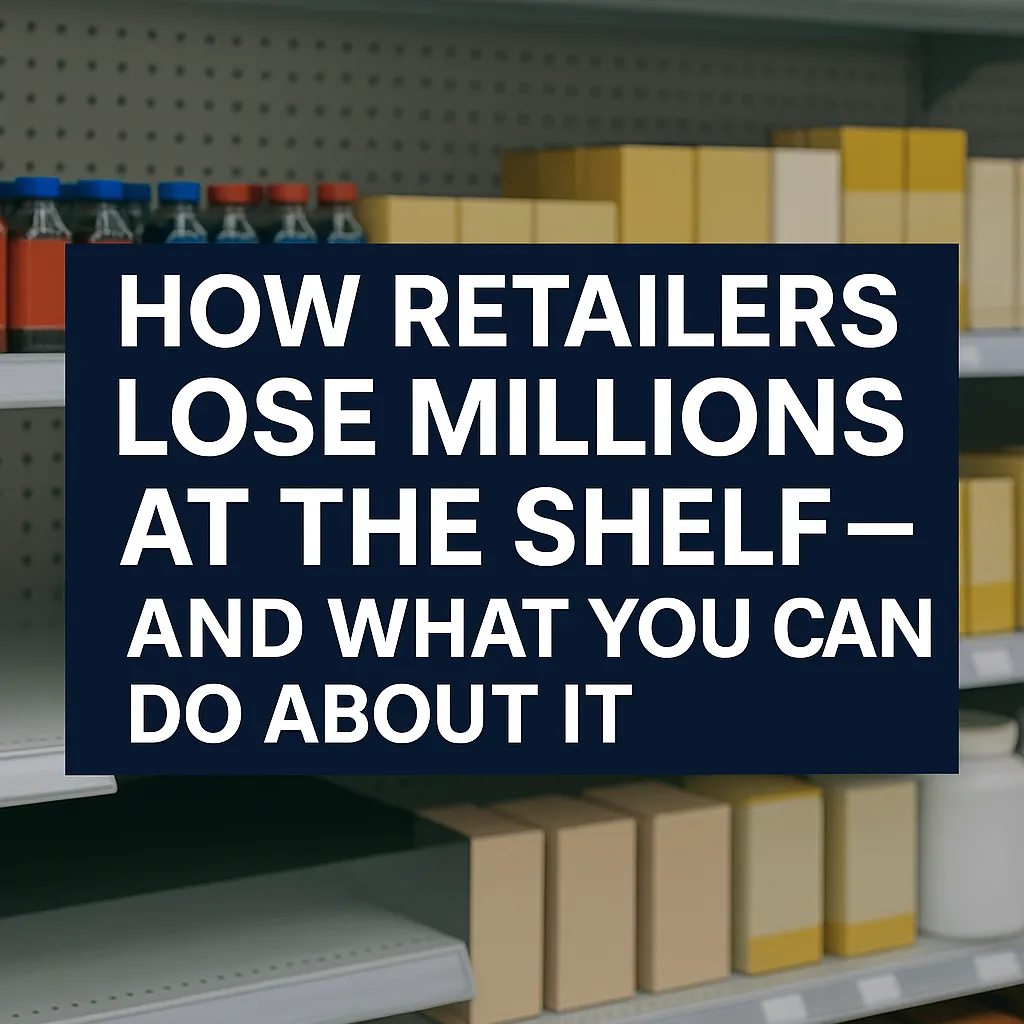Retail
How Computer Vision is Revolutionizing Retail
Discover how AI-powered computer vision is revolutionizing retail operations. From preventing theft and managing inventory to enhancing customer experience, see how this technology, powered by edge computing, is reshaping the modern shopping experience.

Reading Time
0 Minutes
Table of Contents
Expand
Authored By

Lukasz Piotrowski
CEO & Founder
Ever walk into a store and feel like something's different, but you can't quite put your finger on it? It's not magic; it's computer vision. This isn't just about security cameras anymore. It's a powerful AI tool that's quietly transforming the retail experience, making it smarter, faster, and more efficient for everyone.
Think of computer vision as teaching a computer to "see." It’s a field of artificial intelligence that lets computers interpret and understand the visual world. Instead of just recording footage, these systems use complex algorithms to identify objects, track movement, and even analyze customer behavior. It's a total game-changer, and the data proves it.
The Data Speaks: Why Computer Vision is a Retail Must-Have
This isn't just a tech fad; it's a strategic move backed by some serious data.
- Shrinkage and Theft: Retailers lose billions of dollars every year to "shrinkage"—a term for inventory loss due to theft, damage, or administrative errors. According to the National Retail Federation, losses totaled a staggering $112.1 billion in 2022. Computer vision helps fight this by automatically detecting suspicious behavior and flagging it for staff, significantly reducing theft and improving a store’s bottom line. The technology acts as a tireless, non-judgmental observer, noticing patterns that even the most attentive employee might miss. It can identify when an item is being placed in a bag without being scanned, or when a person is loitering in a low-visibility area, enabling staff to intervene proactively rather than reactively.
- Inventory and Operations: A study by Juniper Research found that computer vision in retail will drive $1.8 billion in spending by 2025. Why? Because it’s incredibly effective at managing inventory. The technology can monitor shelves in real time, alerting staff when products are running low or are out of place. This ensures better stock availability and reduces the need for constant manual checks. A survey by IHL Group found that retailers using these technologies see a 15% reduction in out-of-stock items. This not only prevents lost sales but also improves customer satisfaction. Nobody likes searching for a product only to find an empty space where it should be.
- Enhanced Customer Experience: A seamless shopping experience is key to customer loyalty. Computer vision enables things like "Just Walk Out" technology, made famous by Amazon Go, which eliminates checkout lines entirely. This kind of convenience is a major draw. Research by Capgemini shows that 70% of consumers say they would switch to a retailer that offers faster, more convenient checkout options. For a busy parent or someone on their lunch break, a store that promises a frictionless experience is a huge win. The technology can also be used to create personalized shopping experiences. By analyzing how a shopper interacts with products (anonymously, of course), a store can send targeted promotions or suggest related items, making the shopping trip feel more personal and less overwhelming.
- Deeper Insights: Beyond operations, computer vision offers powerful business intelligence. It can analyze foot traffic patterns, identify which displays are getting the most attention, and help retailers optimize store layouts. This data isn't about tracking individuals; it's about understanding aggregate behavior. For example, by analyzing traffic flow, a store can place high-demand items in high-visibility areas, potentially boosting sales. This is a leap beyond traditional market research. Instead of relying on surveys or focus groups, retailers can now observe real-world behavior in their stores, providing a more accurate and immediate understanding of customer preferences and habits. This data allows for more intelligent decision-making, from where to place a new product to how many staff members are needed on a Saturday afternoon.
The Secret Ingredient: Edge Computing
Computer vision is powerful on its own, but its true potential in retail is unlocked by edge computing. Edge computing processes data right where it's created—in the store, instead of sending it all to a distant cloud server for analysis. This is a critical distinction that makes the entire system faster and more reliable.
Imagine a cashierless checkout system. If every video frame from every camera had to be sent to the cloud, analyzed, and then sent back, there would be a noticeable delay. This latency could lead to frustrated customers and system errors. Edge computing, however, places the processing power directly in the store, often on a small local server or even within the cameras themselves.
This immediacy allows computer vision to move from being a helpful tool to a truly actionable one. A computer vision system powered by the edge can:
- Detect a spilled item and immediately send an alert to a nearby employee's device.
- Identify a long checkout queue and automatically notify a manager to open another lane.
- Spot a potential shoplifting event and alert security in real time, before a loss occurs.
This rapid response is what truly differentiates a modern, intelligent store. The technology works seamlessly in the background, making operations more efficient and creating a better experience for both customers and employees. It also enhances data security by processing sensitive information locally and reducing the amount of data that needs to be sent over the internet.
It's Not About Surveillance; It's About Empowerment
The goal here isn't to create a dystopian surveillance state. The technology is primarily focused on aggregate, anonymized data. It's about seeing that a group of shoppers spent five minutes in the electronics aisle, not tracking what a specific person did. This information empowers retailers to create a better environment: a store with fewer out-of-stock items, a faster checkout process, and a layout that just makes sense.
For consumers, this translates to a less stressful and more efficient shopping trip. You get what you need faster, you’re not frustrated by empty shelves, and the checkout process is a breeze. For retailers, it means more sales, less waste, and a deeper understanding of their customers. It's a win-win scenario.
So next time you're in a store and everything feels just right, remember the silent observer working behind the scenes. It's computer vision, and thanks to edge computing, it's making the retail world smarter, one immediate insight at a time.
Sources:
- National Retail Federation. (2023). 2023 National Retail Security Survey. Retrieved from https://nrf.com/research/national-retail-security-survey-2023
- Juniper Research. (2021). Computer Vision: The In-Store Swiss Army Knife. Retrieved from https://www.juniperresearch.com/whitepapers/how-technology-adoption-can-save-traditional-retail
- Capgemini. (2020). Smart Stores: How automation in retail stores appeals to consumers. Retrieved from https://www.capgemini.com/wp-content/uploads/2020/01/Report-–-Smart-Stores-1.pdf
- IHL Group. (2018). Out-of-stocks could be costing retailers $1T. Retrieved from https://www.retaildive.com/news/out-of-stocks-could-be-costing-retailers-1t/52632
About the author: Lukasz Piotrowski is the CEO of OmniShelf, a company dedicated to empowering retailers with innovative solutions for optimized shelf execution. With extensive experience in retail technology, he is passionate about helping businesses overcome operational challenges and drive profitability at the point of sale.
INSIGHTS & UPDATES
Explore More from the OmniShelf Blog
Stay ahead of the curve with deeper insights, product updates, and industry trends shaping the future of retail technology. Discover more stories that matter to your business.

